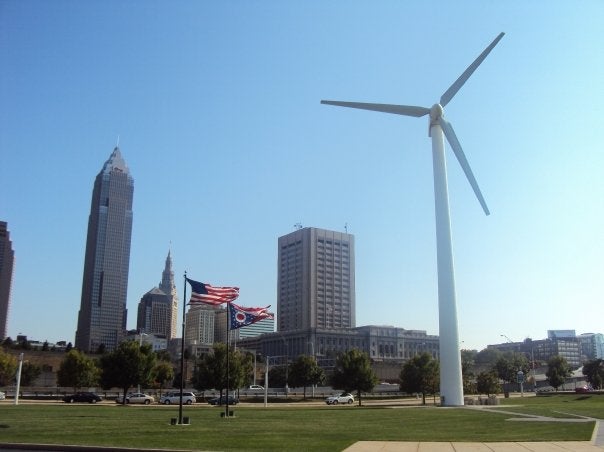 As we approach the end of 2013, Texas’ power grid is soon to embark on a new clean energy path. While most people don’t get too excited about electrical transmission and distribution lines, the much awaited Competitive Renewable Energy Zone (CREZ) transmission project– set to come online in a few weeks and roll out through 2014 – could be the exception.
As we approach the end of 2013, Texas’ power grid is soon to embark on a new clean energy path. While most people don’t get too excited about electrical transmission and distribution lines, the much awaited Competitive Renewable Energy Zone (CREZ) transmission project– set to come online in a few weeks and roll out through 2014 – could be the exception.
Approved by the Public Utility Commission of Texas (PUCT) in 2008, CREZ is a 3,600 mile transmission line that will connect remote West Texas wind energy to the eastern cities that need its power – 18,500 megawatts of power to be exact. This is enough power to energize 3.7 million to 7.4 million homes and increase available wind power supply by a whopping 50 percent.
Much like some other wind-rich regions in the country, wind in the West and Panhandle regions of Texas was partially unused, or curtailed, because local communities could not use all of the available supply and the state’s current, outmoded electric grid could not efficiently deliver the abundant energy to high-demand eastern cities. This “congestion” bottleneck forced wind farms to lower prices and at times pay the utilities to take their electricity. Read More















